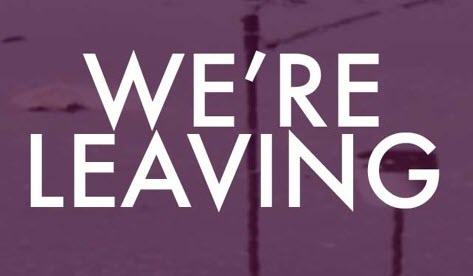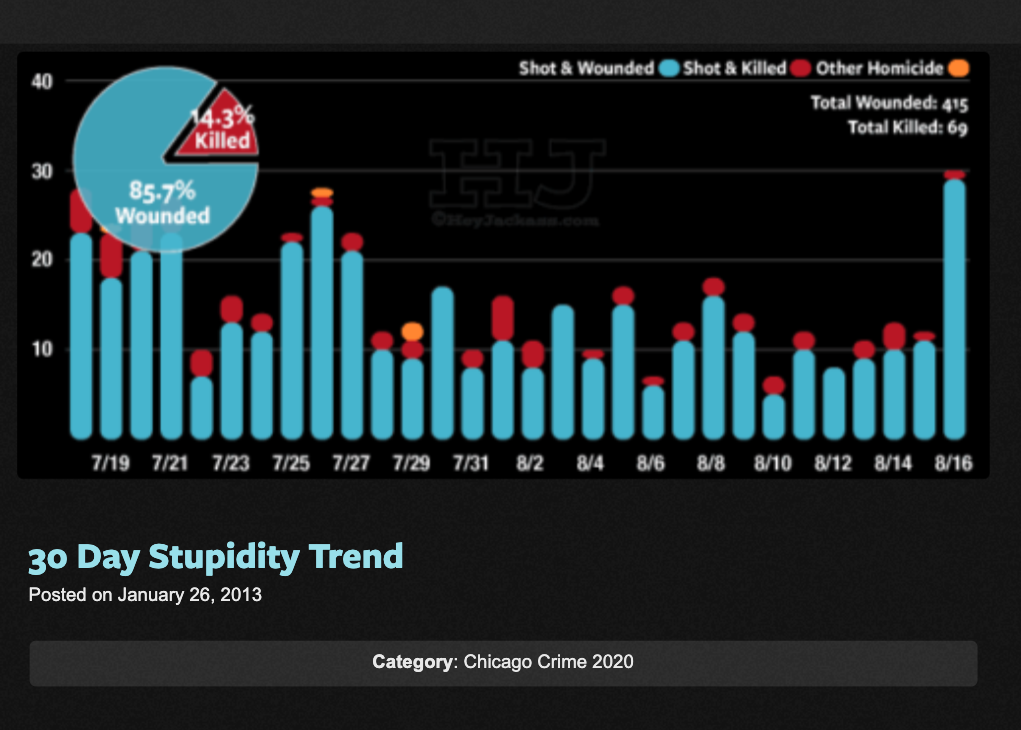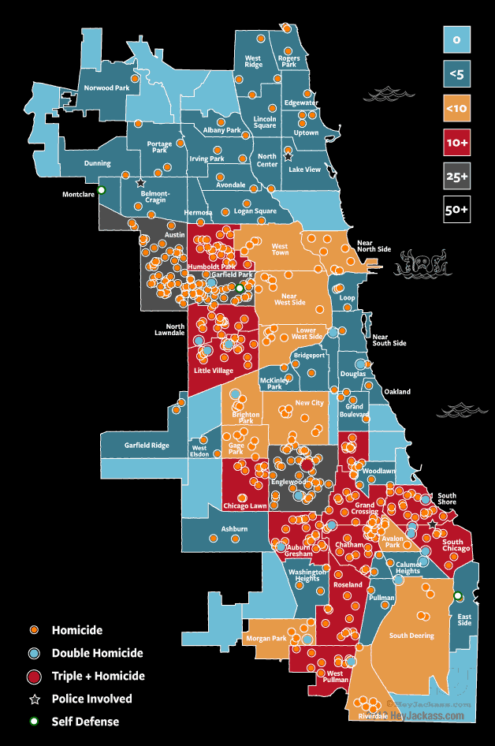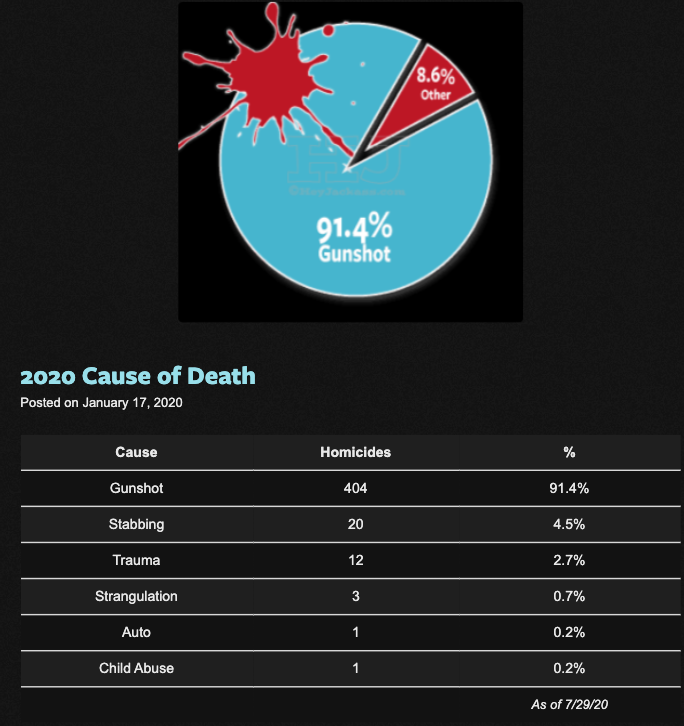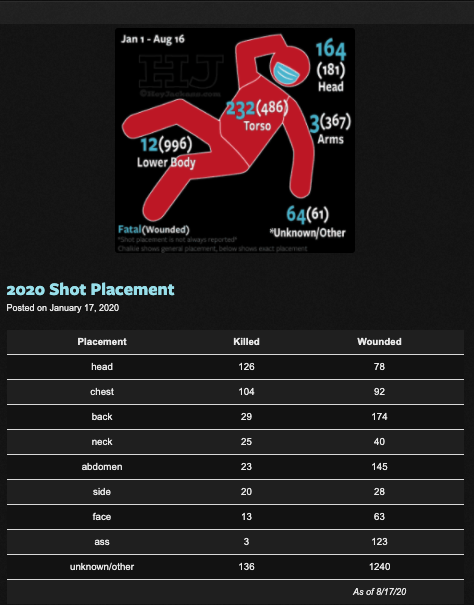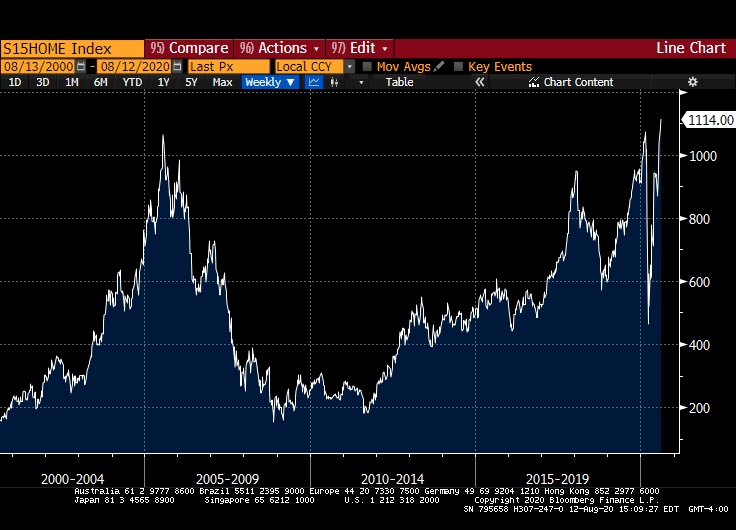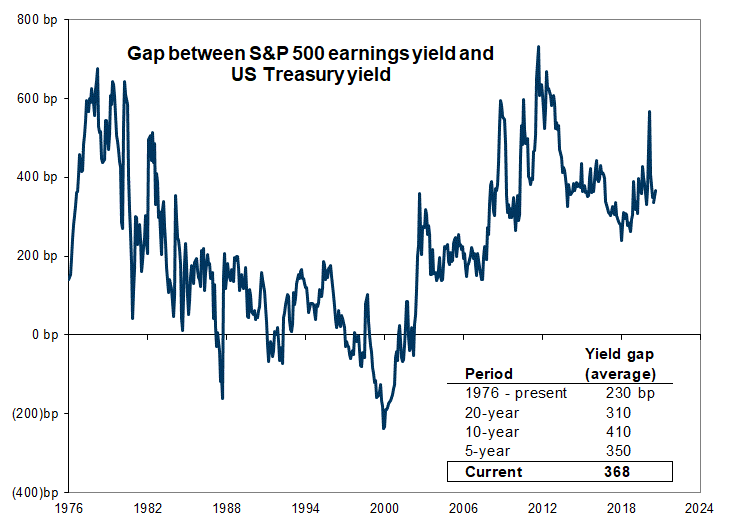From Jeffrey C. Brown PLLC v. Gold Star Taxi & Transp. Serv. Corp., decided today by Minnesota Court of Appeals Judge Bjorkman, joined by Judges Bratvold and Cochran:
Appellant Jeffrey C. Brown is an attorney and part-time conciliation court referee in Hennepin County District Court. In 2018, he presided over a matter involving respondents Gold Star Taxi and Transportation Service Corporation and its chief executive officer, Nabil Ali (collectively, Gold Star). Ali was not pleased with Brown’s handling of the case.
On August 24, 2018, Ali posted a one-star review on the Jeffrey C. Brown, PLLC Google My Business website listing. In addition to the single star, Ali posted the sentence “Need to go back to law school.” Brown commenced this action on behalf of himself and his law firm (collectively, Brown) alleging the statement is defamatory and violates the Uniform Deceptive Trade Practices Act …. The complaint seeks damages in excess of $170,000 and injunctive relief….
The fact that a message conveys a negative or derogatory meaning does not, in and of itself, make it defamatory; the message must be a false statement of fact. This is so because of the broad constitutional protection afforded to speech….
In determining whether a statement is one of fact or opinion, courts consider: “(1) a statement’s precision and specificity; (2) a statement’s verifiability; (3) the social and literary context in which the statement was made; and (4) a statement’s public context.” If a statement expresses “a subjective view, an interpretation, a theory, conjecture, or surmise … , the statement is not actionable.” If, in context, an audience would understand that an “expression[ ] of opinion, rhetoric, [or] figurative language” was “not a representation of fact,” it is not actionable. Likewise, statements that reflect “mere vituperation and abuse” or “rhetorical hyperbole” are not actionable because they show no real intent to defame and are understood by listeners not to be defamatory.
Application of these four factors leads us to conclude that the statement “[n]eed to go back to law school” can only be interpreted as an expression of pure opinion. McKee is instructive. There, a doctor sued a patient’s son who posted a statement referring to the doctor as “a real tool” on several “rate-your-doctor” websites. The supreme court held that the challenged statement “falls into the category of pure opinion” because the term “cannot be reasonably interpreted as stating a fact and it cannot be proven true or false.” Rather, the term “a real tool” is non-actionable “vituperation and abuse” or “rhetorical hyperbole.” …
[T]he statement [“need to go back to law school”] is not verifiable. It does not suggest any facts against which the need to return to law school could be judged, suggesting to readers that the statement cannot be proven true or false. Finally, Ali posted his derogatory statement in the review section of a website that is a repository for opinions about businesses. The forum for and context of the posting are reasonably understood by readers to express opinions rather than factual statements. As in McKee, Ali’s online post is a statement of pure opinion.
We are mindful that derogatory statements of opinion may negatively impact the subject of the statements. And we do not condone abusive comments and rhetoric. But the law does not make such statements actionable….
The court also rejected Brown’s deceptive trade practices claim. First, that claim also required factual assertions and not opinions. Second,
Brown has not shown that Ali posted the statement “in the course of business.” There is no business relationship between the parties. Gold Star is a litigant who appeared, through Ali, before Brown in his capacity as a court referee—the two did not conduct trade with each other or have any sort of business relationship. For this reason, the act, by its terms, does not apply.
Brown, by the way, represented himself on appeal.
from Latest – Reason.com https://ift.tt/31Yjknu
via IFTTT
